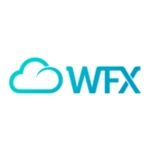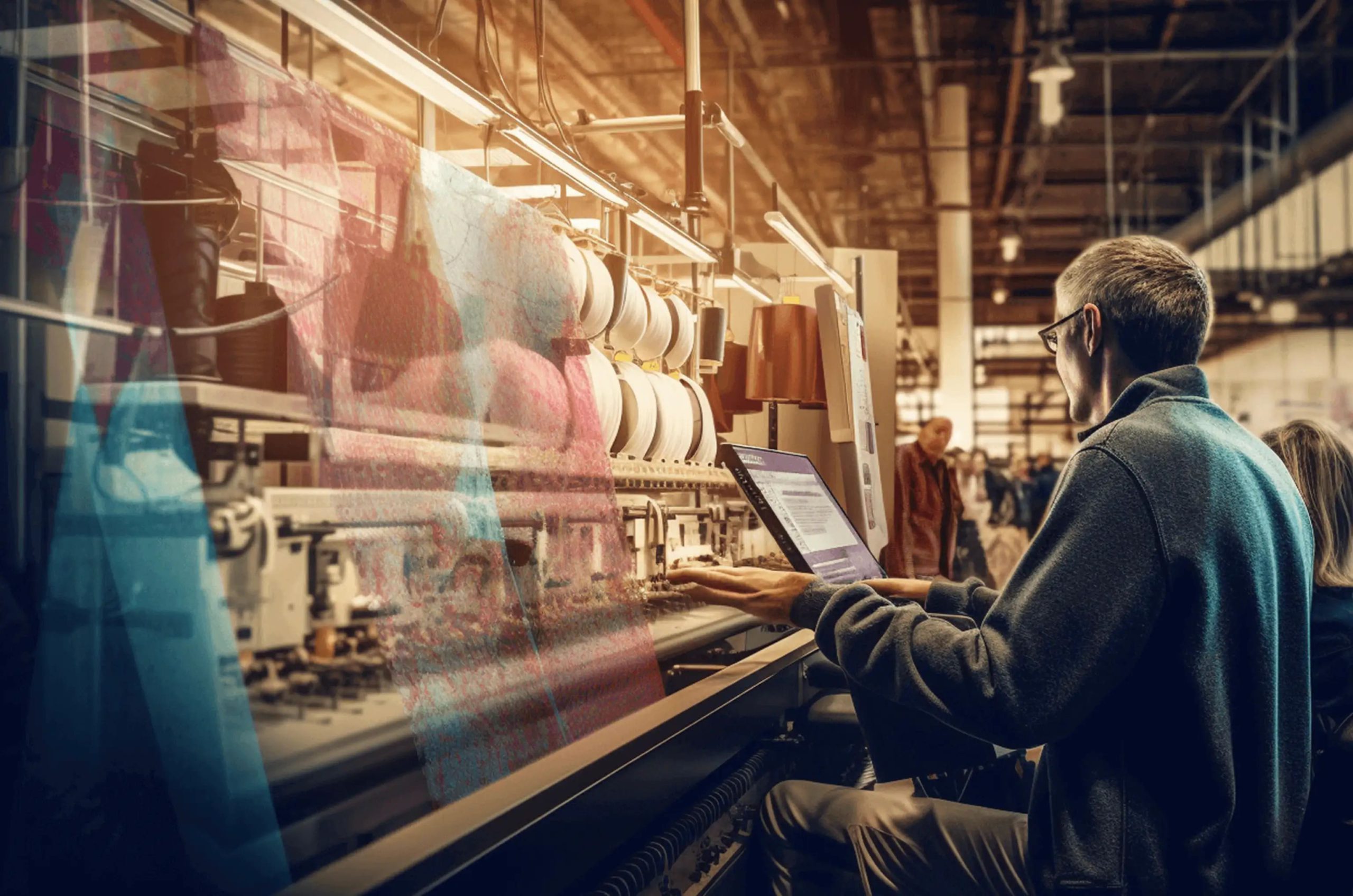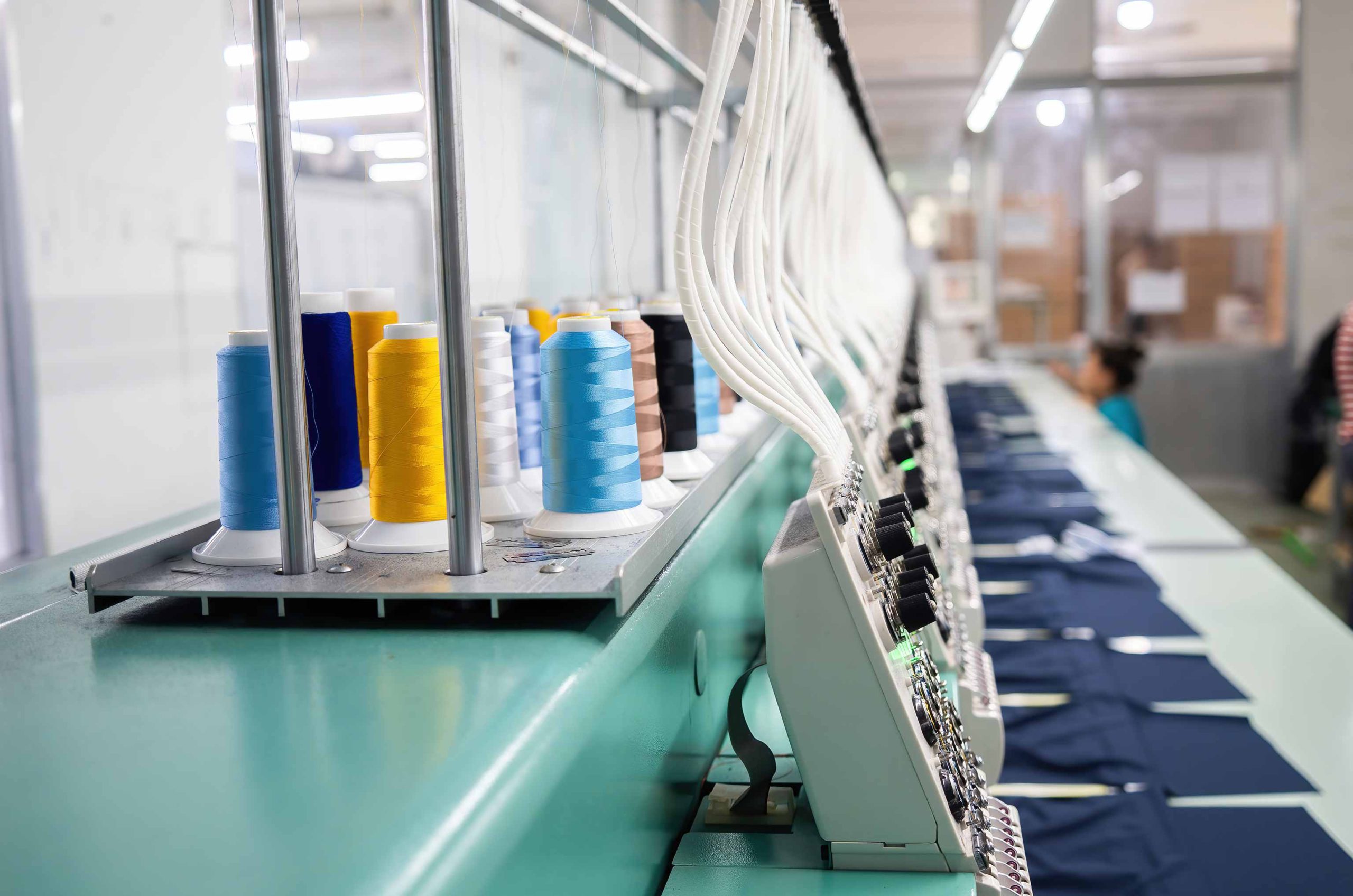The complete guide to selecting the right Garment ERP Software
-
Introduction
A Garment ERP Software is the lifeblood for any garment manufacturing business. ERP systems help streamline production processes, boost efficiency and allow better collaboration across the organization.
A garment manufacturing software also helps companies improve employee satisfaction and customer relationships by automating repetitive tasks such as sales order tracking and fulfillment, and manage quality control across various garment production lines. However, choosing the right Garment ERP Software for your business can be an overwhelming process especially if you’re new to this business or the fashion industry.
Selecting the right Garment ERP Software for managing your fashion supply chain is a vital decision. You don’t want to choose a system that will hinder your workflows and make it harder to run day-to-day operations.
In this guide we will help you select a system that improves clothing production management while keeping costs under control. We‘ll explore 10 crucial factors to consider while selecting a garment ERP solution including implementation costs, vendor viability and so on.
-
Key Factors for Choosing a Garment ERP Solution
1. Analyze your processes and problem areas
Before you can select an ERP system, you need to understand your company’s challenges and unique requirements. Knowing your processes well will help you determine what kind of software is right for your needs and how it should be implemented.
This step is crucial. It’s where you’ll evaluate what you need to do in order to improve, and identify the bottlenecks and pain points through an Apparel ERP system. Think about how each process works now, what its objective is, who it affects, and if there’s a better way of doing it.
To start with, focus on the following key questions:
- What is currently working well and what is NOT?
- What are your pain points?
- Where are the delays or unnecessary steps in your processes?
- What’s causing these issues/delays/unnecessary steps?
- Are there any bottlenecks or inefficiencies that could be improved upon?
- What changes do you want to implement in the next 5 years?
Next, think about what your most optimized processes should look and the kind of fashion industry analytics would you want to track those processes. You want to choose a system that helps you achieve these goals as quickly and easily as possible.
2. Determine whether you need standalone systems or an integrated setup
There are two types of ERP systems, stand-alone and integrated. With a stand-alone system, you can use different modules to perform multiple functions within your business. For example, if you want to keep track of inventory control and orders in one place, but need separate software for financial management and material requirements planning (MRP), then a stand-alone set-up may be right for you. But this is now a largely outdated system of working.
Integrated systems are more common since they offer more benefits. If your business needs to have all processes centralized in one place (for example: ordering materials from other suppliers), this may not be possible with a standalone solution because it doesn’t have the ability to sync data with other applications. Ultimately, this will result in higher costs if each department uses their own systems that don’t talk together or integrate seamlessly into each other’s data stores—which is why integrated solutions tend to be less expensive and offer better ROI in the long run!
Companies choose integrated solutions because they are cost effective and scalable over time while also being easy to install. They provide full visibility into all areas such as warehousing management, garment costing and budgeting, apparel production scheduling and so on, without having to log into different dashboards or programs separately which saves time AND reduces errors!
3. Look for a system that is tailored to the garment industry
The fashion industry has unique needs and problems. That’s why you should look a system that’s designed to streamline fashion production processes so that it can handle your business processes. This means it should have at least the following features:
- Shipping system that can manage warehouse operations, pick-up and delivery schedules, shipping rates based on location, etc.
- An accounting module that supports accounts payable and receivable functions like purchase orders and receipts, invoice processing, credit management (including payment term tracking), etc.
- A garment manufacturing quality control module that allows you to track product defects throughout their life cycle – from fashion design and product development to production and final inspection, along with preventive maintenance plans or rework processes.
- An end-to-end product lifecycle management module that allows you to manage the entire design process, including managing design changes, creating BOMs (bill of materials), scheduling merchandising tasks, fashion inventory control and generating analytics reports.
4. Ensure the system meets your technical requirements
As you research the various solutions on the market, it’s important to consider that a garment ERP system should be compatible with your existing hardware and software. For instance, will the system be able to work on your existing computers, printers, and other IT equipment? Does it offer e-commerce integration for fashion brands?
The system should be compatible with the supply chain network at your factory. More specifically, the software should not require changes in your network configuration or additional hardware purchases. If you do have to invest in new hardware, then remember to factor in those costs.
The ideal solution should also use the best in market technologies to ensure you always have access to robust business intelligence and data reporting tools.
Additionally, you need to make sure that the system’s performance is reliable and there is very limited downtime because constant availability is crucial for running successful businesses today. Finally, it must be secure so as to prevent unauthorized access or modifications by hackers.
5. Make sure the system is easy to use for your team
If you’re looking for a system that is easy to use, then you should pick one with a user-friendly interface. This is an important consideration because your employees will be using the software on a daily basis. If they find it difficult to operate, they may become frustrated and stop using the system altogether. Therefore, it’s worth spending some time assessing whether or not your potential ERP solution has an intuitive design and can be easily learned by your team.
Some things to look out for include:
- Does it have simple navigation buttons?
- Is there lots of clutter on the screen that might distract employees from what they need?
- Is there a large learning curve associated with using this application? If so, how long does it take someone who has never used this type of software before they feel comfortable enough to begin working efficiently with it?
- How easy is it to enter data into fields? Is there a lot of manual work involved in entering information into the system or does it automatically pull data from other systems?
- How easy is it to run reports? Can you get the answers instantly or do you have to wait for hours?
These are all questions you should ask yourself before you purchase an ERP system.
6. Check the implementation and post go-live support options
Once you’ve found a vendor that seems like the right fit for your industry and business, it’s time to check out their implementation and post-go-live support options. We recommend looking at how many clients they’ve helped implement their software, their experience with supply chain management in fashion and what kind of results they have had with those implementations.
It’s also important to ensure that the vendor has a team of support specialists who are available during business hours (in your time zone) and can help you with any issues regarding your system.
You should be able to get in contact with these experts via phone or email if needed so that they can answer questions about how their product works, fix bugs, or answer any other questions you might have about the software.
7. Calculate the Total Cost of Ownership (TCO)
After you’ve evaluated all the other factors, you should also include the cost of ownership in your decision-making. The total cost of ownership (TCO) is what it costs to install and maintain a software system over a period of time. It includes hardware (if necessary), software licensing, implementation fees, training and support costs.
It’s important that you include hidden costs in your calculation as well. For example: You will probably have downtime while transitioning from your current ERP system to the new one. There may be maintenance and upgrades required after live implementation. Some companies charge extra for post-live support while others allow customers to pay only when they use specific modules. Some companies have annual maintenance fees which cover updates, upgrades and bug fixes.
8. Consider your mobile or remote access requirements
Accessing the system from anywhere, on any device, is a must. Do you intend to do most of your work in the office? Or are you constantly on the road? Will you be able to download data from devices like smartphones and tablets while offline? Will there be a way for others at head office to see what’s happening in the factory remotely?
With the right software, you can make sure that everything is running smoothly at all times by being able to check on production from wherever you are. This way, if there’s something wrong with an order or an error in stock levels, then it can be fixed immediately rather than waiting until the next day when everyone gets back into the office.
Depending on how many manufacturing facilities your business owns and how the business is run, remote access could be an indispensable feature for your team. Some Apparel ERP systems are designed with this in mind, while others aren’t as flexible when it comes to working remotely.
9. Understand the system’s scalability and customization options
This is one of the most important factors to consider when selecting a garment ERP system for your factory. You need to make sure that the system you choose can be scaled and customized according to your needs.
This means it should be able to handle increased or decreased user traffic. It should also allow for easy customizations based on your business’s requirements. A system that does not scale well will not be able to keep up with your growing business, even if you use it correctly. Similarly, a system that cannot be customized will become outdated as your needs change over time. For example, if you plan to vertically integrate a textile factory, it would be great if your ERP provider also offers textile industry solutions.
This is one of the most important factors to consider when selecting a garment ERP system for your factory. You need to make sure that the system you choose can be scaled and customized according to your needs. This means it should be able to handle increased or decreased user traffic, and it should also allow for easy customizations based on your business’s requirements.
10. Don’t forget about vendor viability
When you consider a particular vendor, think about how long they have been in business and whether they have an established user base. You also want to look at their financial health, customer service reputation, and track record with other customers to ensure that the vendor will be around when you need them.
You can also ask the vendor to show you a list of their customers and see how long they have been using the software, as well as how many users they have. This will give you an idea of both the size of the company and its reputation in the industry. And don’t forget to take a demo before you make a choice!
-
Conclusion
We hope that this Garment ERP guide has given you a better understanding of how to select the right ERP Solution for your garment factory. As with any digital transformation decision, it is important to do your research and understand what is available in the market before making a purchase. We’ve covered all the main points here but if you have any questions, please get in touch with us!










